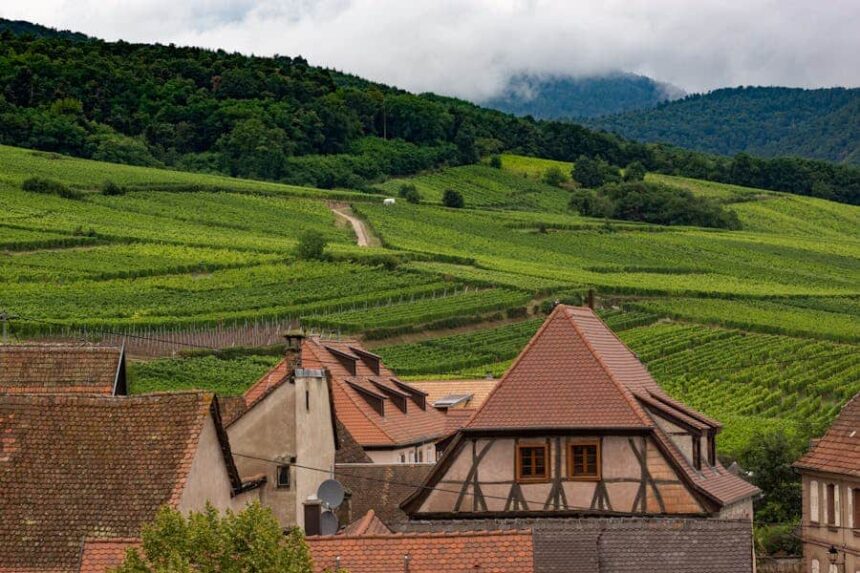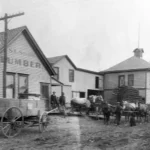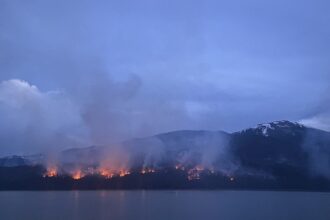Colorado’s mountain communities are known for their laid-back attitude—until the topic of local road names comes up. Consider the story of Monarch Pass and Vail Pass, and how one name swapped back and the other stuck.
Monarch-Agate Pass Becomes Vail—Briefly
In the 1930s, the state highway department set out to streamline Colorado’s high-country roadways. Charles D. Vail, head of the department’s engineering division, oversaw the rerouting of the old Monarch-Agate road between Salida and Gunnison—an incredible feat given the era’s limited equipment.
When the new stretch of U.S. Highway 50 opened, officials renamed the summit “Vail Pass” to honor Charles Vail. But the mountain folk weren’t having it. Proud of their Monarch heritage, local residents painted over every Vail Pass sign. Confronted with that much community pushback, state leaders relented and restored the historic “Monarch Pass” name—where it remains today.
A New Tribute: Vail Pass East of the Divide
Undeterred, highway planners later needed a shortcut across the rugged Gore Range, linking Dillon and Minturn. Although Charles Vail had envisioned the route, he never saw it built. When U.S. Highway 6 finally cut that corridor in 1940, the new summit was christened “Vail Pass” as a lasting tribute to his work.
From Pass to Resort Town
Vail’s legacy didn’t stop at the road sign. When a group of ski enthusiasts founded a resort nearby, they debated calling it “Shining Mountain”—the Ute name for the area. One member wisely observed that “shining” might conjure images of slick ice rather than fresh powder. So they opted for the simple, four-letter name “Vail,” forever linking the town to the engineer whose vision shaped Colorado’s highways.
Charles D. Vail, a man who spoke gravel more than glory, might have chuckled at the unexpected twist: his name now adorns not only a major pass but also an internationally renowned ski destination. In Colorado’s high country, sometimes the road you pave becomes the legacy you leave.














